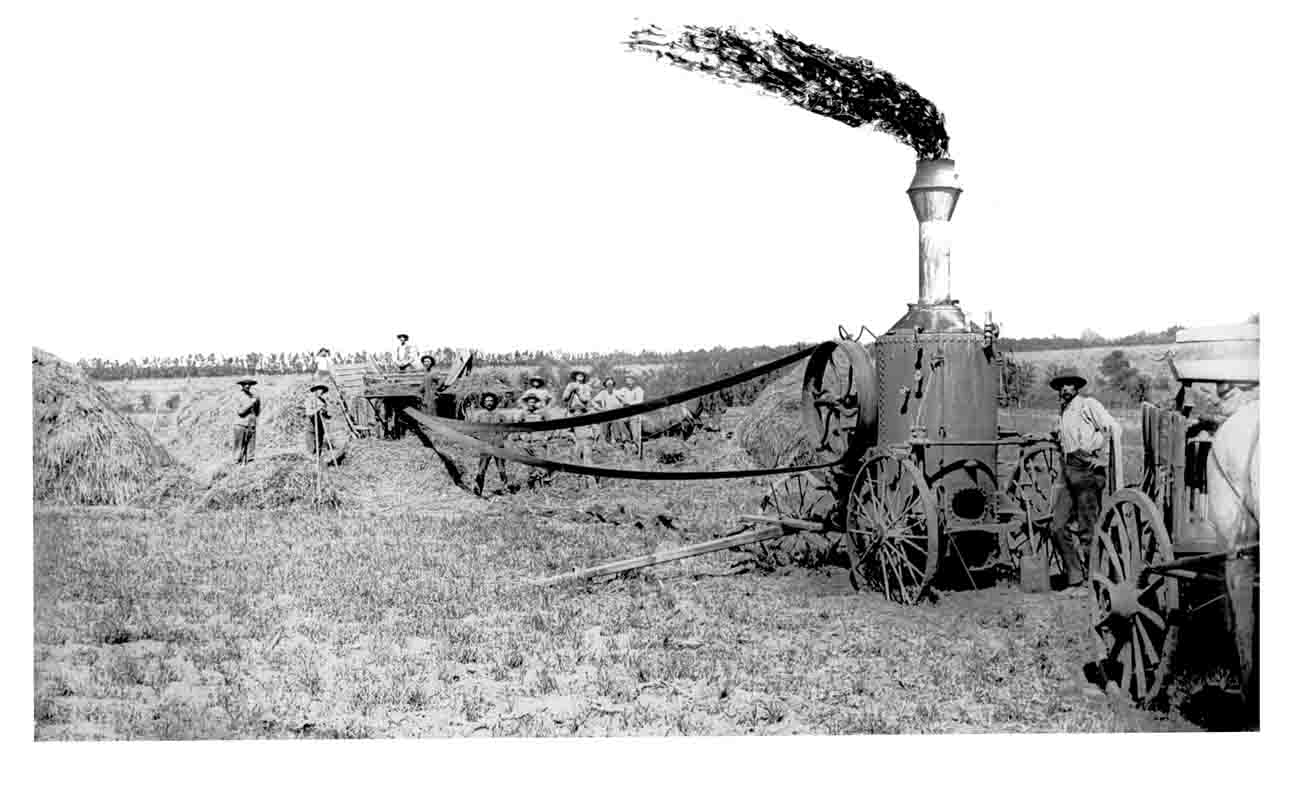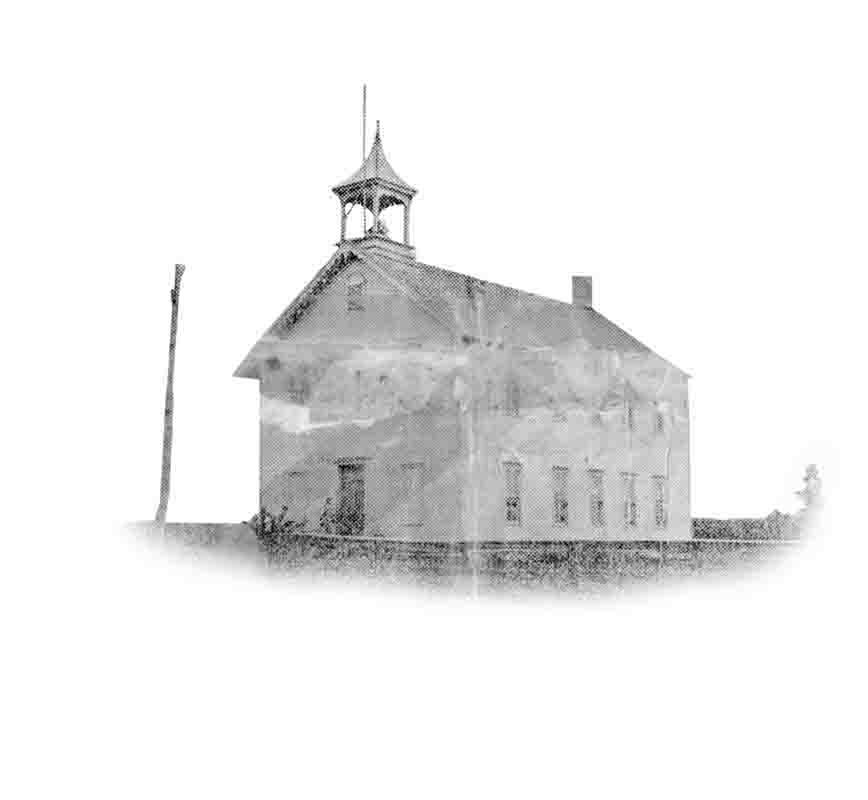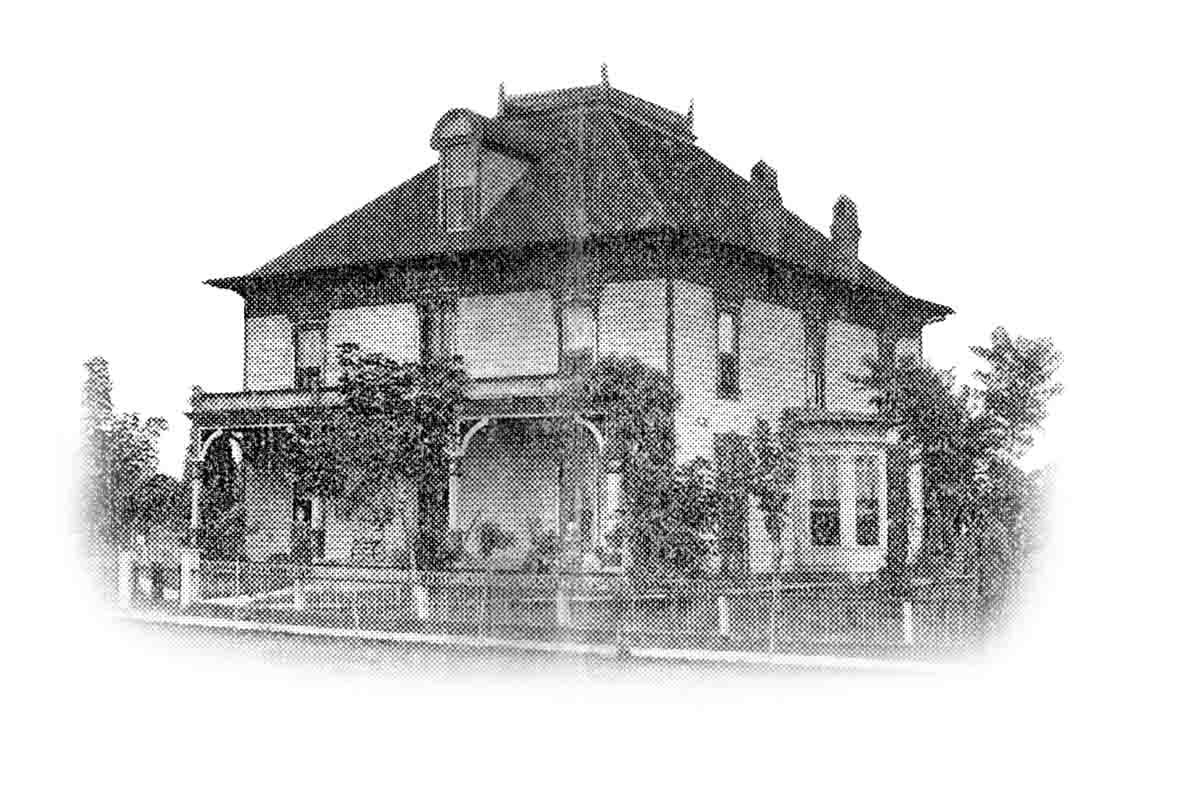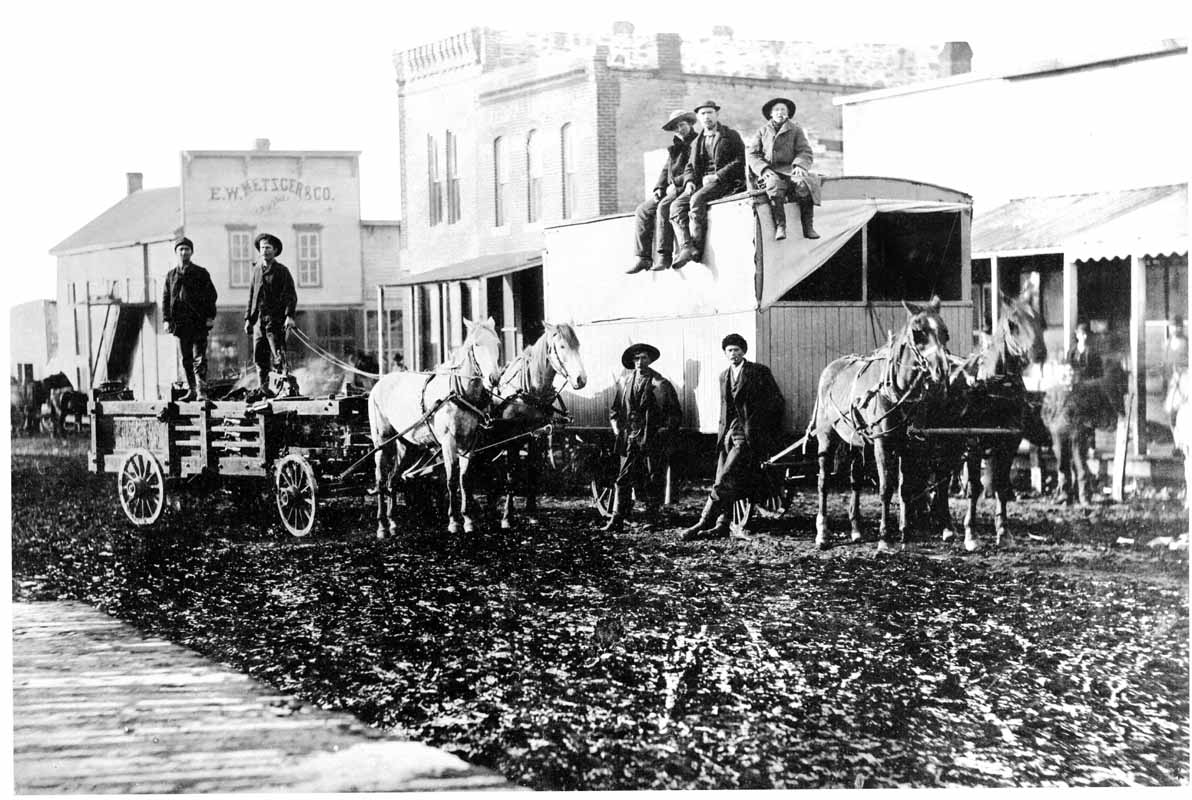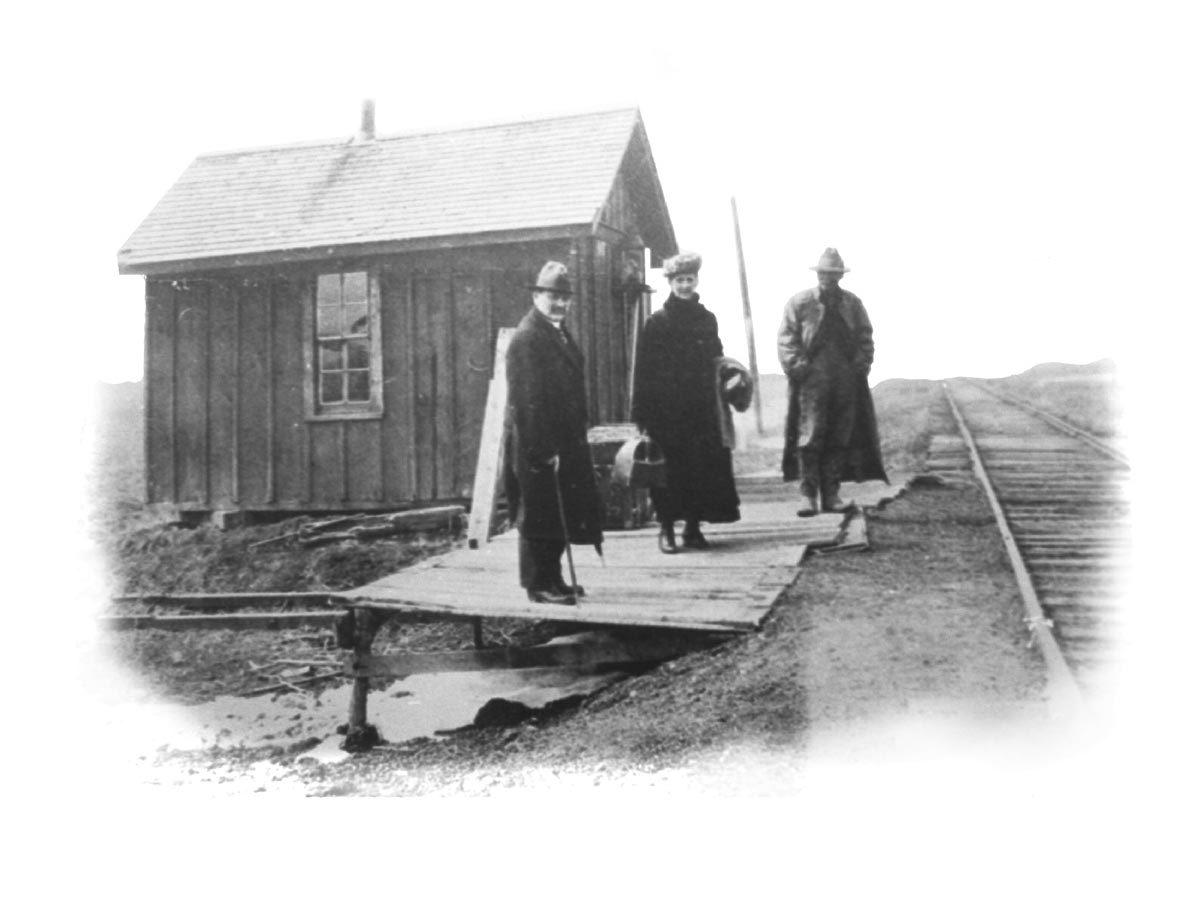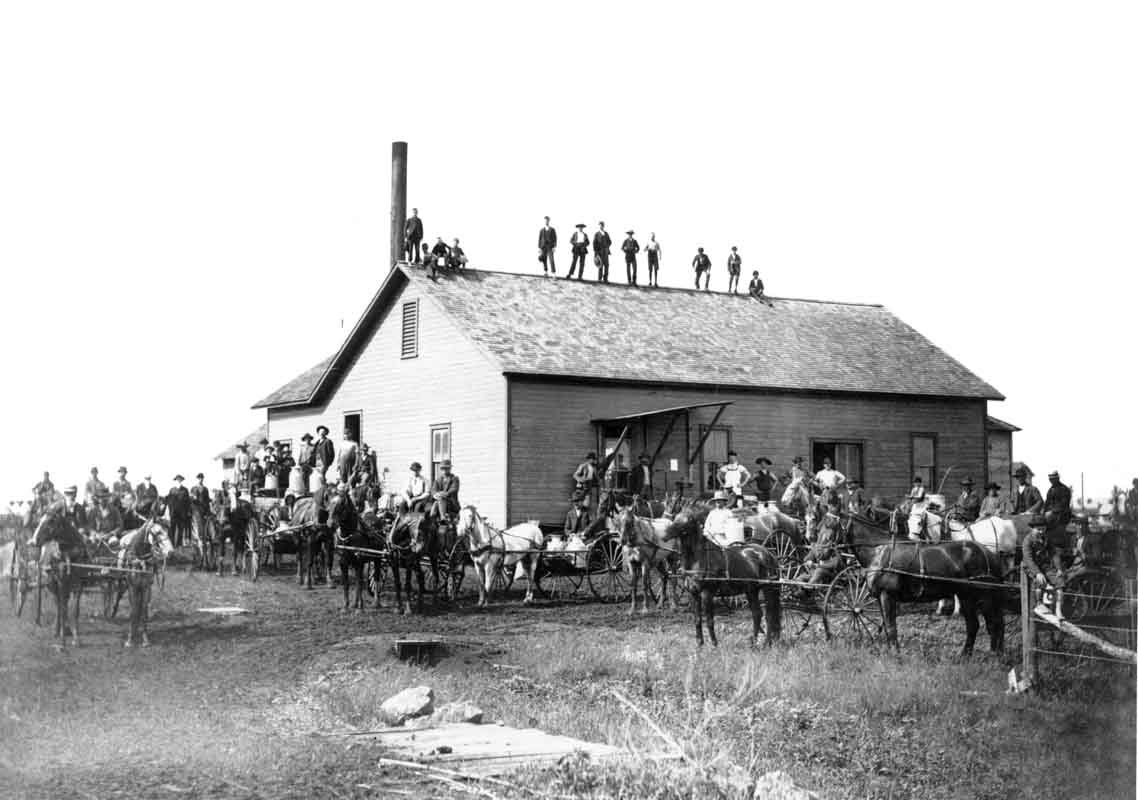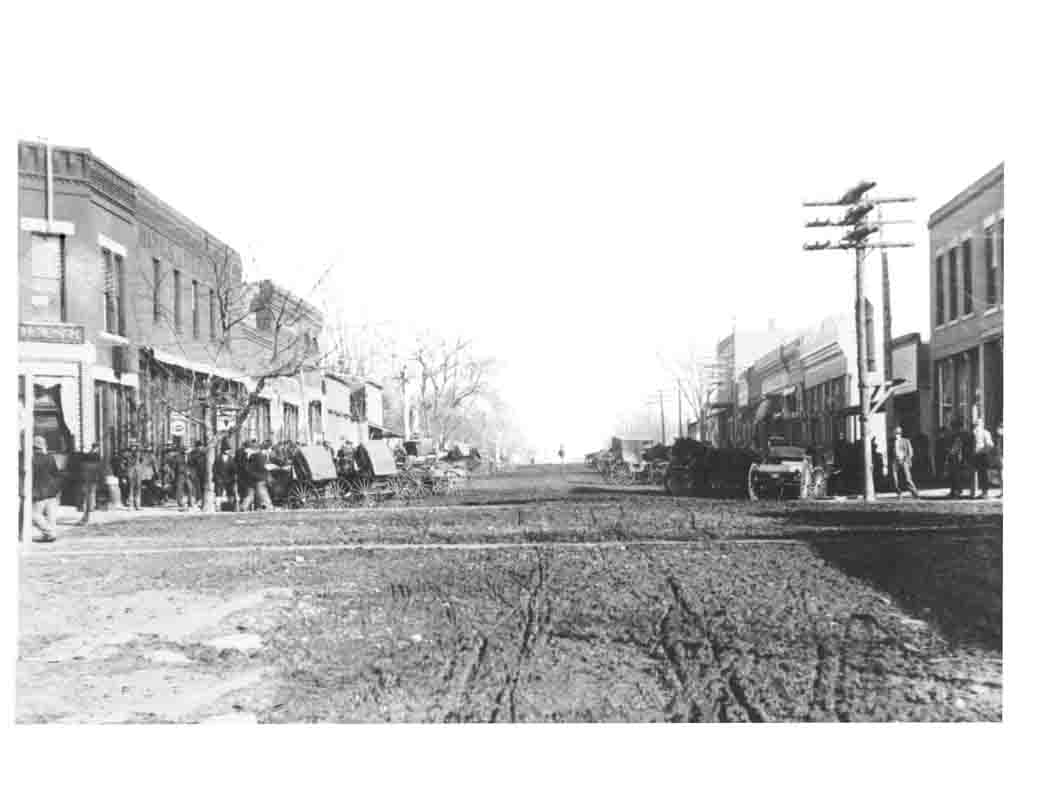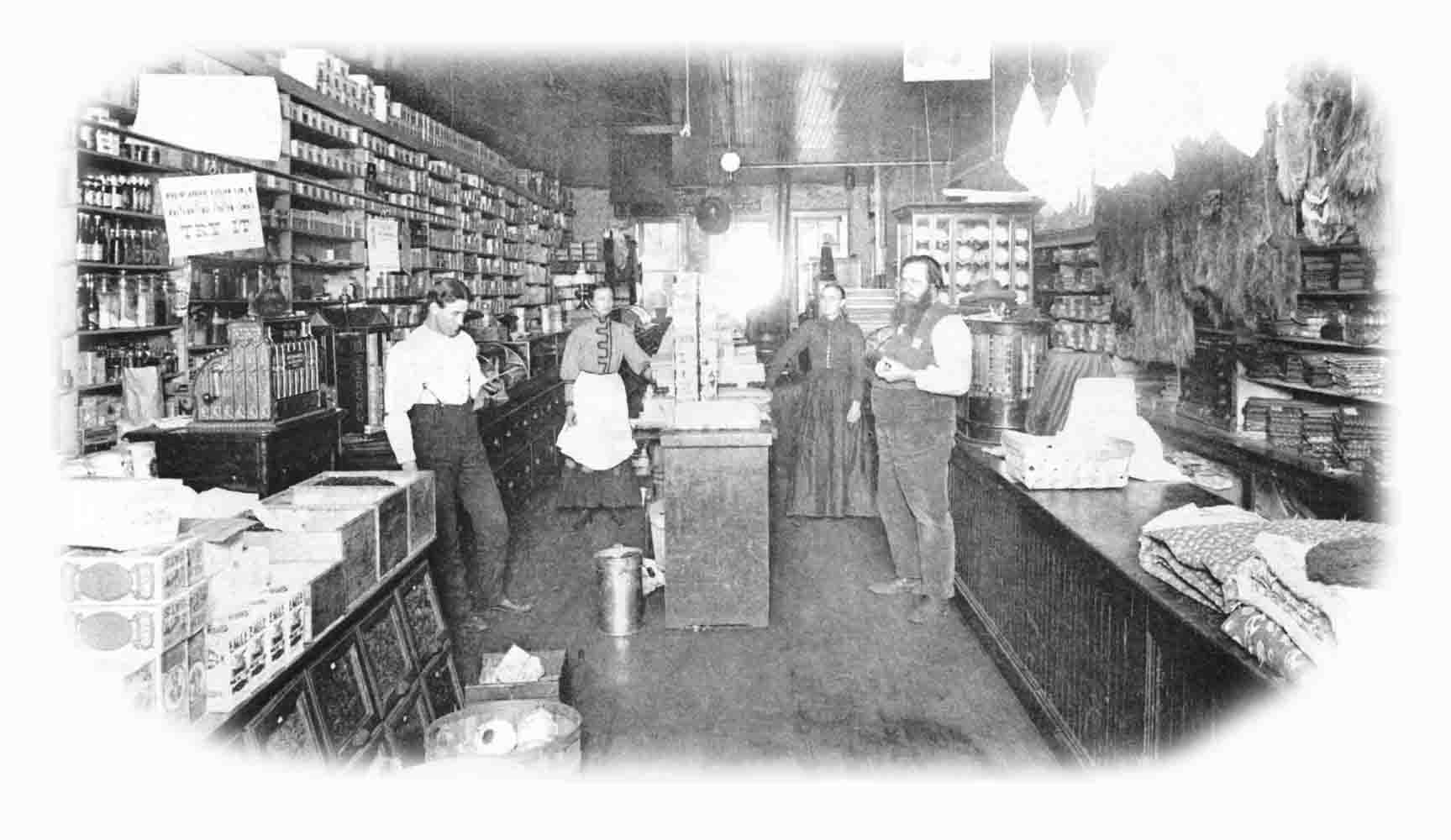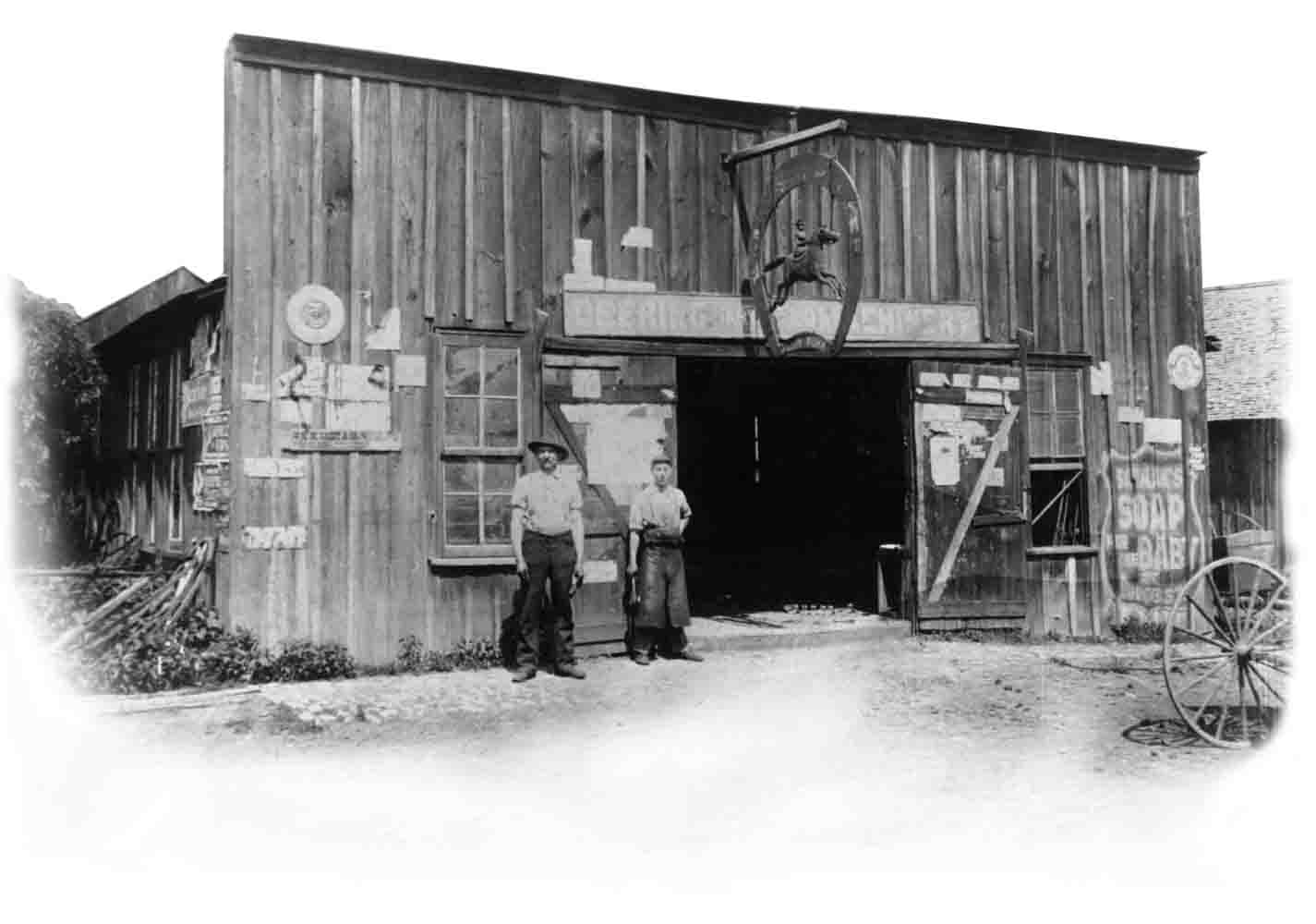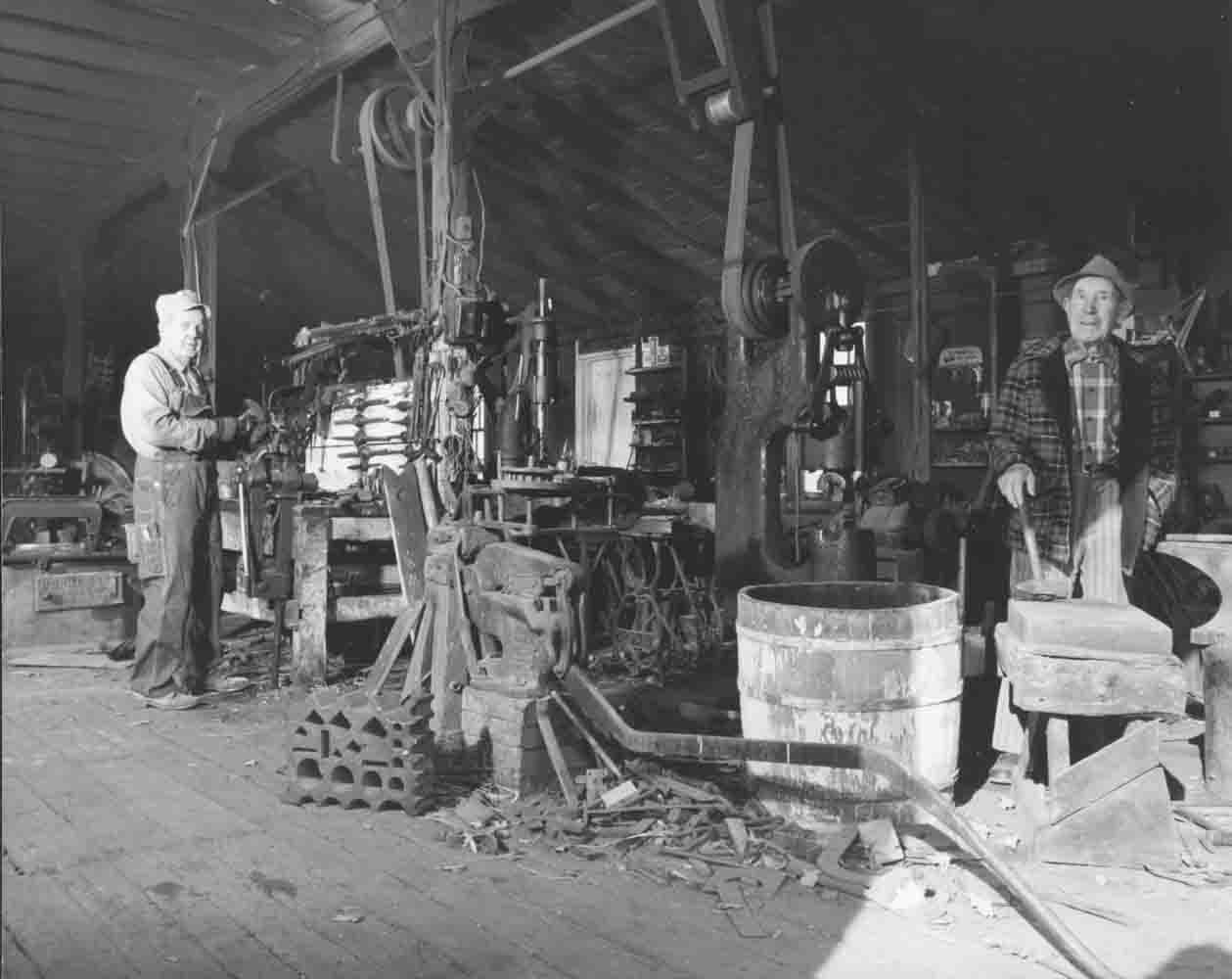Pre-Meriden
Daniel Morgan Boone
Daniel Morgan Boone was the first white inhabitant of our county and state. When Daniel Morgan Boone, son of the famous Kentucky pioneer, became the first white inhabitant of Kansas in 1827, it was on his appointment by the United State government as “Farmer for the Kansas Indians,” and he located in the most fertile and beautiful portion of the territory – what was known as Williamsburg, Jefferson County. Pitching his tent, he began the erection of buildings, while on all sides he looked with delight on the grassy plains and gilded hills, from which nothing but a wolf or buffalo (except Native Americans) looked down upon him to see who the intruder was. In his first humble home was born the first Jayhawker, a boy, in the state of Kansas in Jefferson County.
Rock Creek Township and Mount Florence
Rock Creek Township sets in the western part of Jefferson County. The first settlement was made in the fall of 1854, William Was having selected a claim at that time. He did not locate there permanently, however until the next year. For the first few years the settlement of the township was rather slow, as compared with other parts of the county, and most of it was on Muddy and Rock Creeks. The first marriage in the township was that of Peter Stuart and Miss Dunn in 1857. The first business house was grocery and whiskey store, and Shields & Chubb, at Mount Florence in 1856. That place was a station on the old military freight road, and was laid out as a town site. It never grew to be a village of more than a half dozen houses, and the site afterwards was abandoned.
The Site of Mount Florence was on the Chubb, Marks, Epler, L.D. Rutty, Sadie Miller, John Miller and the George Dellinger farms. T.R. Trimble lived across the road from Dellingers. Henry Chubb maintained barns for the relief teams of horses and mules as well as a hotel. A water well was dug on the Demeree, Dellinger farm, and has never gone dry. The Original buildings are gone in the Mount Florence area but the well that served pioneers and their stock remains. C.B. Shields was the first postmaster and kept the mail in his grocery store. W.F. Cunningham delivered mail to the Rock Creek station (not the same as Rock Creek, Kansas). In the few years before land was opened to buyers in 1857, the squatters who had settled here had many disputes over ownership. They later argued over the legality of government sales in Osawkee, now Ozawkie.
The first post office in the township was established in 1857 at Mount Florence, D.C. Shields was appointed postmaster. The building, once used as a chicken house, is said to be the old home of William H. Curtis, grandparents of Charles Curtis, the Kansan who became vice-president under Herbert Hoover. In 1917, George Dellinger built a barn and lived in chicken house until his house was built in 1925. The Farm is located southwest of Meriden on NE 75th Street.
Early History of Meriden
The present site of Meriden (SW ¼, section7, township 10, range 17 east) was located and finally sold legitimately. In 1869 Albert Owen bought it from the former owners. In October 1872, after planning the railroad, he conceived the idea that this would be an excellent location for a town, assisted by N. Colby, surveyed and platted the west half of his farm into town lots and sold the remaining 80 acres to W. W. Peebler. Colby named the town after his boyhood home of Meriden, Conneticut. It has been said that Mr. Colby later moved west and the city of Colby, Kansas was named after him.
The first building built in Meriden was a railroad station section foreman's house built in 1872 by W. F. Cunningham. The section house was located on the west side of the tracks, across the tracks from where the depot was later built. Carvin McDermed, Bill McDermed's grandfather, was section foreman for a number of years where Bill McDermed spent a number of summers in the section house. Bill McDermed said “the section house was built before the tracks were laid because a man could sit on the front porch and place his feet on the tracks. The house did not need to have been built that close to the tracks.”
As soon as the railroad was completed, April 24, 1872, W. F. Cunningham built another small building just west of the tracks on Mr. Tripp's farm. He was the postmaster at Mount Florence and in May 1872, moved his family and the post office into his new home. He was appointed the first postmaster of Meriden.
Next was a small building by N. Colby, a part of which was moved from Mount Florence in October. Dr. A. Dawson completed his first dwelling in November, moving from Mount Florence. About the same time a blacksmith shop was started in a building moved from Mount Florence. The Above constitutes about all of the improvements made in 1872.
The first marriage was in the fall of 1872, and was that of Dr. A. Dawson and Miss Dantie Graydon. The First birth was that of Ada Dawson in 1874. The first death in Meriden as well was the first medication practitioner in Meriden and was known rar and near as a skilled physician. He remained in Meriden for 20 years and, in 1892, opened a successful practice in north Topeka. The first store was erected by William & Perry Riggs in 1873. In 1895, there was mention in Topeka paper about “Tosh Corn Harvester” being built in Meriden.

